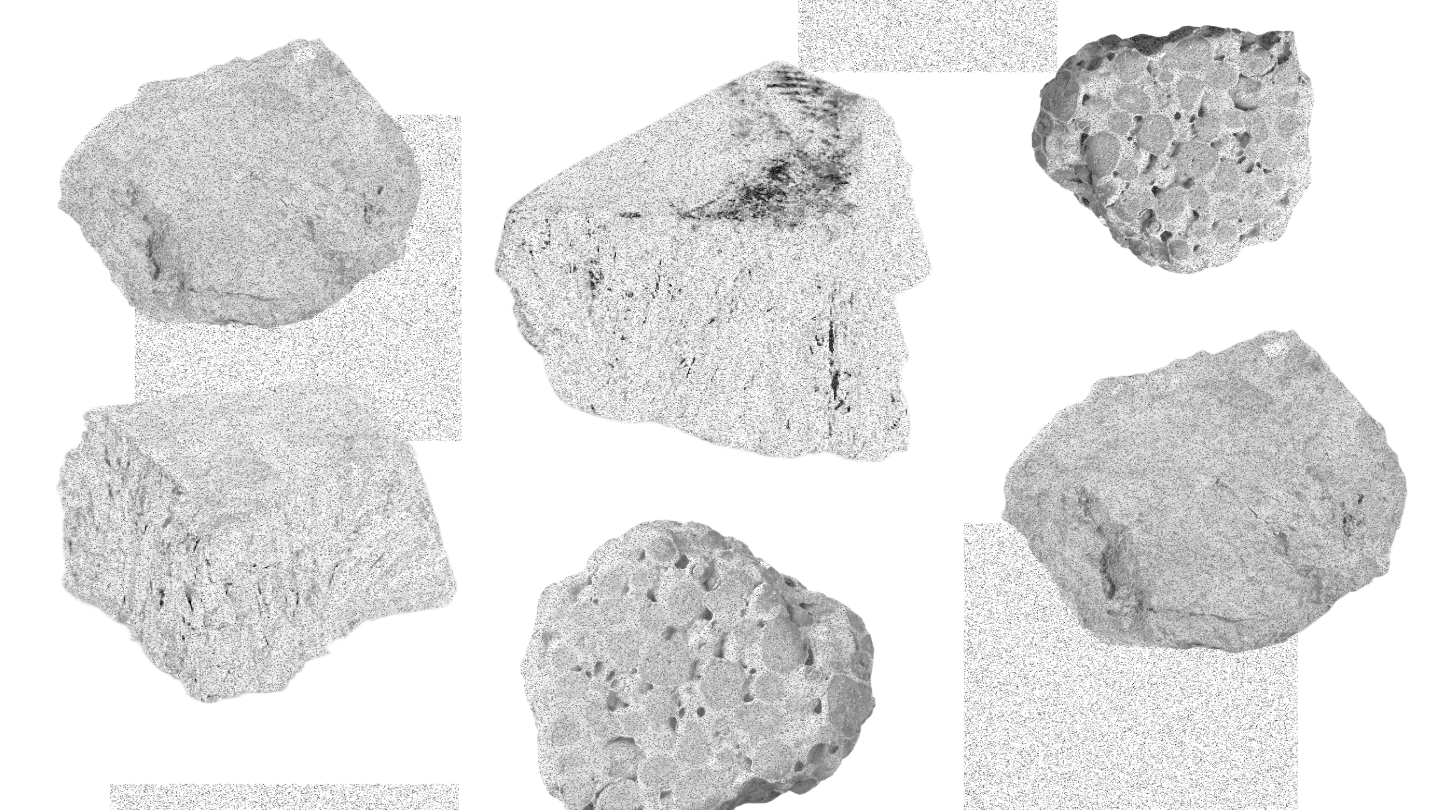Introduction
TSI welcomes the opportunity to contribute to the Green Aluminium Production Credit (GAPC) consultation process.
TSI supports the GAPC and this submission addresses some of the underlying logic for a government role and makes some comments on the appropriate design of the mechanism.
This submission also includes an extract from TSI’s publication The New Energy Trade detailing aluminium production and the transition to decarbonising the industry (see Appendix A).
The transition for aluminium production, from a highly energy-intensive and therefore emissions-intensive process, to one powered by zero carbon energy, presents an enormous opportunity for Australia. Not only can we decarbonise and extend the life of existing facilities, but, with the right policy settings, we can expand production substantially and become a major exporter of green aluminium to the world.
We estimate that Australia can take a 30% share of global trade in green aluminium, and in doing so contribute to a 0.7% reduction in global emissions. This would equate to $67 billion in annual export revenue in a market of current size, or $89 billion in estimated 2060 market size.1
Five areas of focus
1. Market Failure
Standing in the way of green aluminium decarbonisation and the export superpower opportunity is a significant market failure: the lack of an effective system of global prices on carbon emissions. Green production technologies will be unable to compete with fossil-fuel powered equivalents while the latter do not pay for the damage they cause.
The GAPC should be viewed not as an industry subsidy, but as a surrogate policy in the absence of an effective system of carbon prices and the expectation that these prices will emerge as the world decarbonises. It is an economically rational way to reduce the cost gap between fossil-fuel based production and green production of aluminium. The policy architecture should reflect this objective; it is not industry assistance, it is an appropriate intervention by government to address a market failure.
The GAPC should be viewed not as an industry subsidy, but as a surrogate policy in the absence of an effective system of carbon prices. It is an economically rational way to reduce the cost gap between fossil-fuel based production and green production of aluminium.
2. Incentives for Investment
In designing the eligibility criteria for the GAPC it would be optimal to establish incentives for investments in decarbonisation that are:
- Additional: Would not have otherwise occurred, absent the GAPC
- Efficient: Are enduring and continue to drive decarbonisation to the lowest levels possible
This means establishing a threshold for eligibility that is low enough so that ‘business as usual’ efforts will not be rewarded. For example, to the extent that it already makes sense for aluminium smelters to contract for the supply of renewable energy (e.g. through PPAs) because this is the lowest cost source of supply, this should not be subsidised via the GAPC. The GAPC should be incentivising additional investment in renewable energy capacity that can be deployed at aluminium smelters.
Ideally, the GAPC should also be scalable so that deeper emissions cuts are rewarded with higher levels of credit. A single threshold level of carbon intensity, if set low enough, will drive decarbonisation efforts to that level but not below it. Instead, by scaling the incentive in proportion to emissions reduction, deeper levels of emissions cuts will be possible.
3. Contracting and Delivery
It is sub-optimal to embed in the policy design a need for individual contract negotiation with each recipient of the GAPC. Optimal policy design would see general, transparent eligibility requirements set under the policy and ‘self-executing’ access to the GAPC when a facility produces aluminium that meets the requirements. This could be akin to the arrangements under the Hydrogen Production Tax Incentive mechanism which is embedded in legislation.
Acknowledging that the current intent is to facilitate payment of the GAPC through commonwealth grants processes, TSI urges the design of the contracting process to be as minimal as possible. It should be as close as possible to a standard-form contract for a transparent level of supply to the eligible entities, rather than one which requires individual negotiations with each recipient. This would promote transparency and credibility for the program.
4. New Entrants and Competition
TSI is concerned to ensure that the design of the GAPC does not preclude its availability to new entrants, nor that it favours incumbents over new entrants. As detailed in the introduction, the magnitude of the opportunity for Australia is extremely large. With the right policy settings it will present opportunities for new entry, innovation and competition among suppliers which will drive investment and economic efficiency.
The consultation paper refers to a ‘credit rate structure’ which includes calculation of a facility’s ‘cost gap (the difference in the cost of producing aluminium using renewable energy sources and using conventional energy sources).’ If this calculation is an essential requirement of eligibility of the GAPC it would appear to preclude a new entrant from accessing the credit. This would be distortionary, having the effect of insulating incumbents from the threat of new entry and making it harder for innovative new approaches to low carbon aluminium production in Australia to compete in the global market.
The design of the GAPC should include, at a minimum, a form of support available to new entrants that is equivalent to that which would be received by incumbents producing aluminium at equivalent emissions intensity. Ideally, the structure of the credit should be agnostic to whether the producer is an incumbent or a new entrant.
5. Verification
TSI supports, as the consultation paper proposes, using the proposed Guarantee of Origin (GO) scheme to verify production volumes and emissions. This could also help address the issue of eligibility for new entrants identified above. If a new entrant can demonstrate via the GO scheme that they have produced aluminium at or below the emissions thresholds set under the policy they should be eligible for the GAPC.
